Tours
Activities
Places of interest
Where to eat
Where to sleep
Explore the charm of Chenou, Seine-et-Marne, Ile de France
Are you in charge of the destination?Nestled in the department of Seine-et-Marne at the heart of the Île-de-France region, Chenou offers a unique blend of rural charm and cultural attractions. Start your exploration with a stroll through the village itself, characterized by traditional architecture and picturesque landscapes. Chenou serves as an ideal gateway to discover the surrounding areas rich in history and natural beauty.
Outd...See more
Outd...See more
Walking around Chenou
See more suggestionsExplore the natural surroundings of Chenou.
See more suggestionsWhat to do in Chenou
See more suggestionsPlan your leisure time in Chenou by booking activities that suit your preferences.
See more suggestionsIGN cards

2418SB - CHÂTEAU-LANDON CORBEILLES
Editor : IGN
Collection : TOP 25 ET SÉRIE BLEUE
Scale : 1:25 000
13.90€
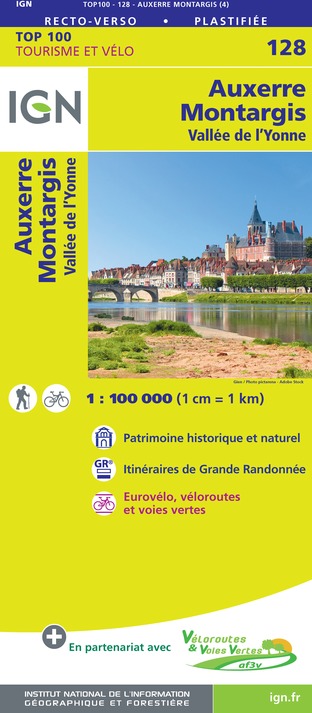
128 AUXERRE MONTARGIS VALLÉE DE L'YONNE
Editor : IGN
Collection : TOP 100
Scale : 1:100 000
8.40€

118 PARIS CHARTRES PNR DE LA HAUTE VALLÉE DE CHEVREUSE
Editor : IGN
Collection : TOP 100
Scale : 1:100 000
8.40€
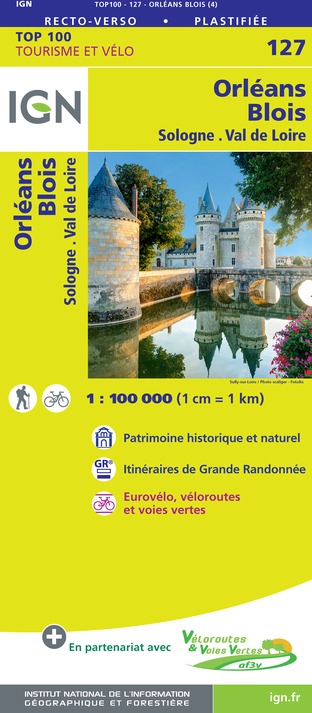
127 ORLEANS BLOIS SOLOGNE VAL DE LOIRE
Editor : IGN
Collection : TOP 100
Scale : 1:100 000
8.40€

119 PARIS SENS PNR DU GÂTINAIS FRANÇAIS
Editor : IGN
Collection : TOP 100
Scale : 1:100 000
8.40€

D75-95 ÎLE-DE-FRANCE OUEST
Editor : IGN
Collection : CARTES DÉPARTEMENTALES IGN
Scale : 1:150 000
5.90€

D41-45 LOIR-ET-CHER LOIRET
Editor : IGN
Collection : CARTES DÉPARTEMENTALES IGN
Scale : 1:150 000
5.90€

D77 SEINE-ET-MARNE
Editor : IGN
Collection : CARTES DÉPARTEMENTALES IGN
Scale : 1:150 000
5.90€

NR04 - GRAND EST RECTO/VERSO ARDENNE CHAMPAGNE
Editor : IGN
Collection : CARTES RÉGIONALES IGN
Scale : 1:250 000
6.80€

NR03 ÍLE DE FRANCE
Editor : IGN
Collection : CARTES RÉGIONALES IGN
Scale : 1:250 000
6.80€
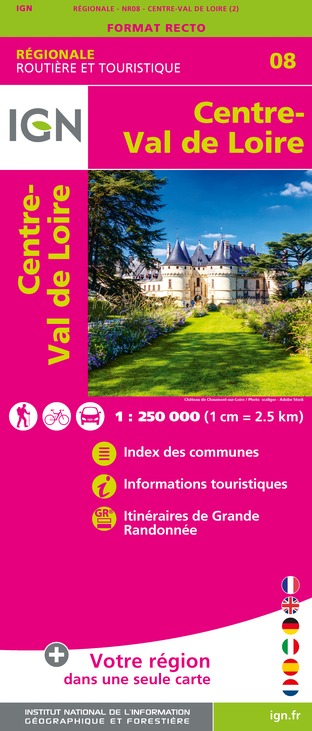
NR08 CENTRE-VAL DE LOIRE
Editor : IGN
Collection : CARTES RÉGIONALES IGN
Scale : 1:250 000
6.80€
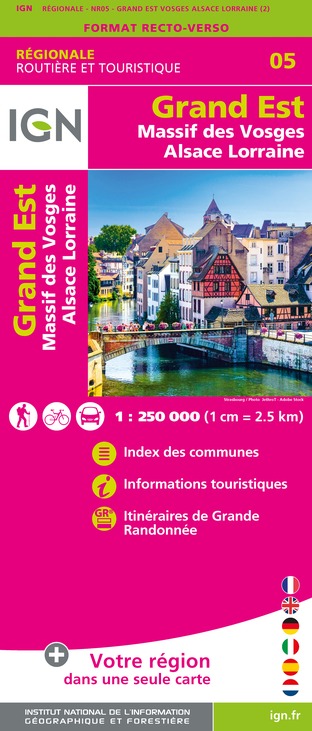
NR05 GRAND EST RECTO/VERSO MASSIF DES VOSGES ALSACE LORRAINE
Editor : IGN
Collection : CARTES RÉGIONALES IGN
Scale : 1:250 000
6.80€
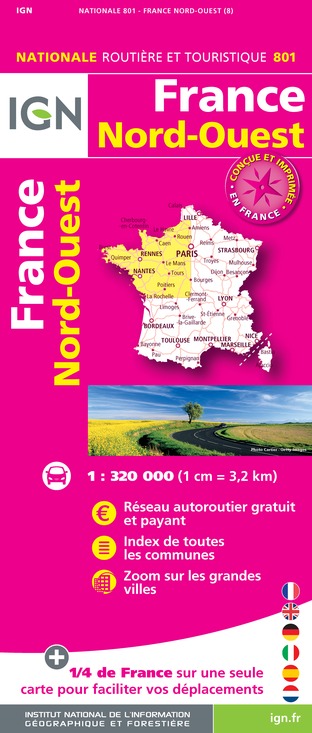
801 FRANCE NORD OUEST
Editor : IGN
Collection : CARTES NATIONALES IGN
Scale : 1:320 000
6.10€

EUROPE
Editor : IGN
Collection : DÉCOUVERTE DES PAYS DU MONDE IGN
Scale : 1:2 500 000
7.00€
Where to eat in Chenou
See more suggestionsExplore the culinary traditions of Chenou.
See more suggestionsWhere to sleep in Chenou
See more suggestionsExplore accommodation options in Chenou.
See more suggestions















































